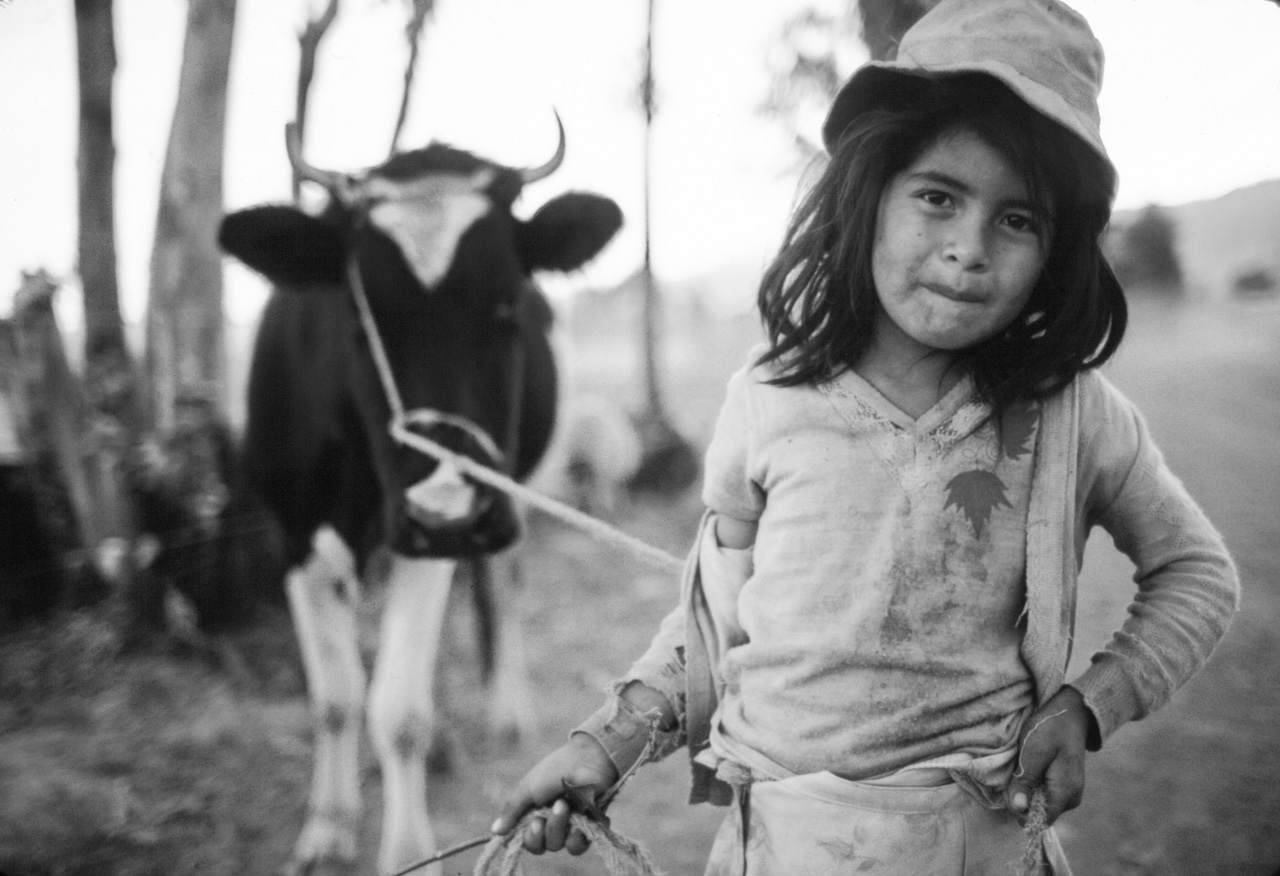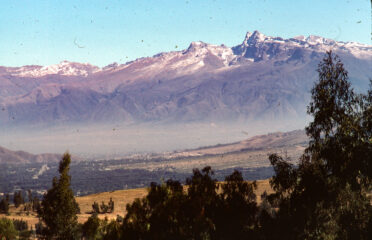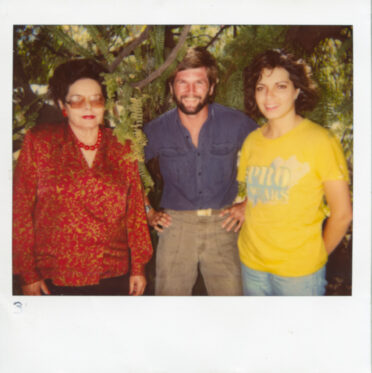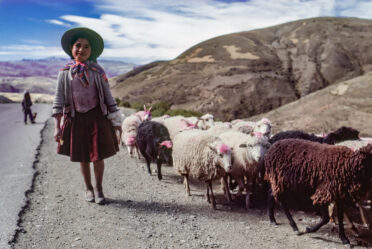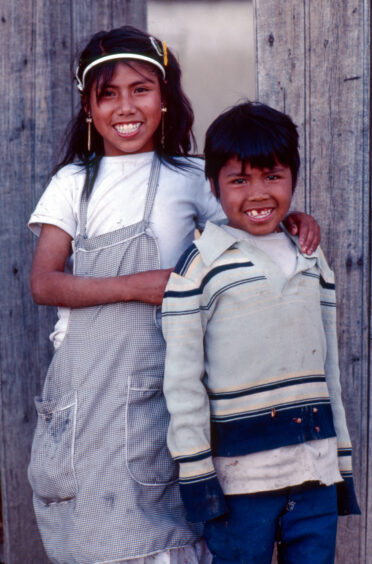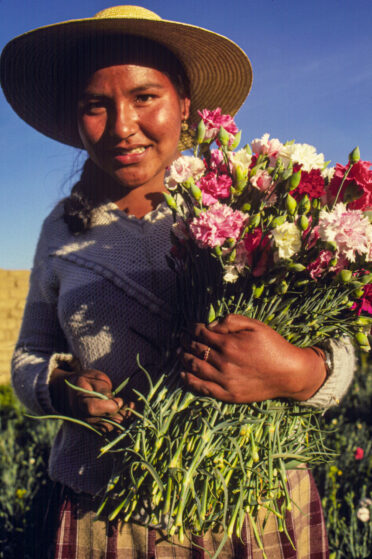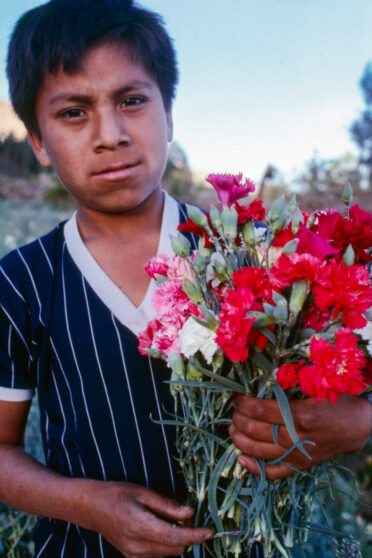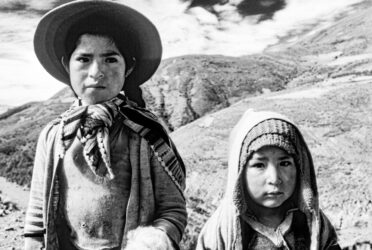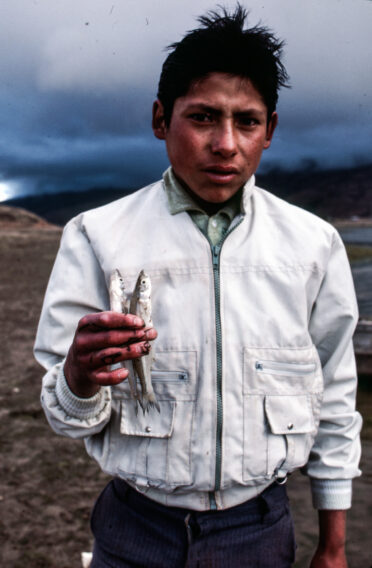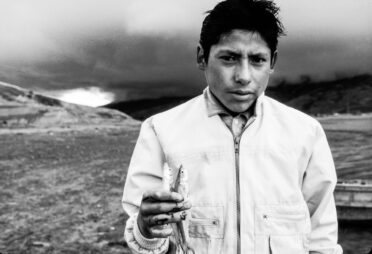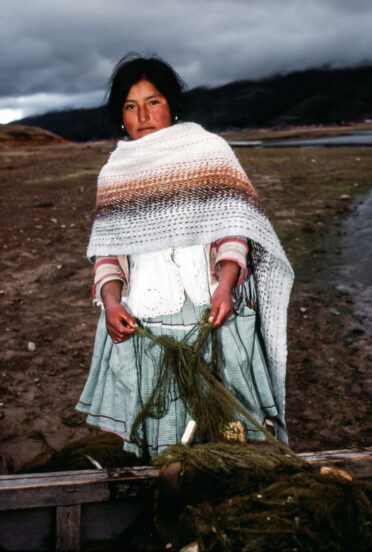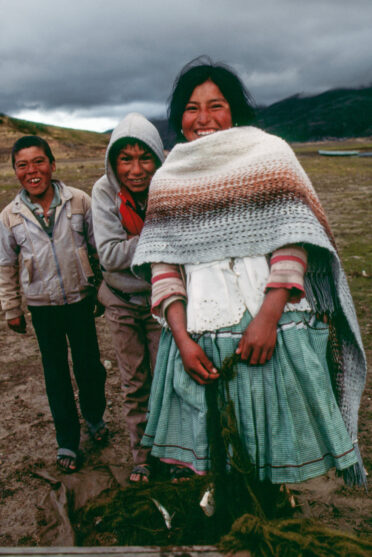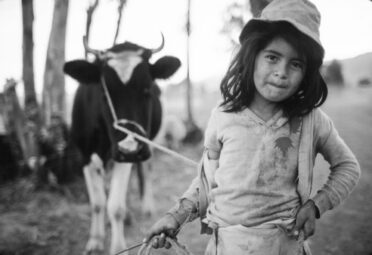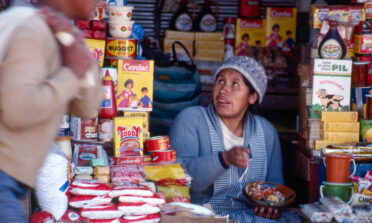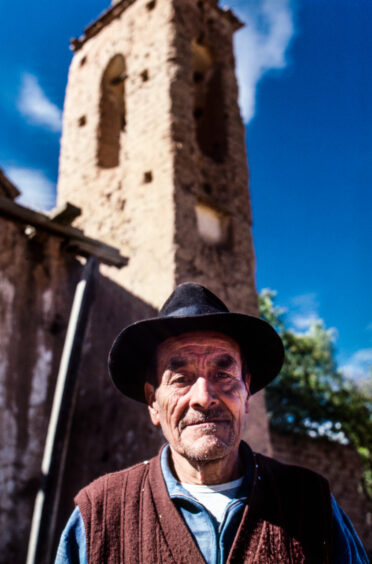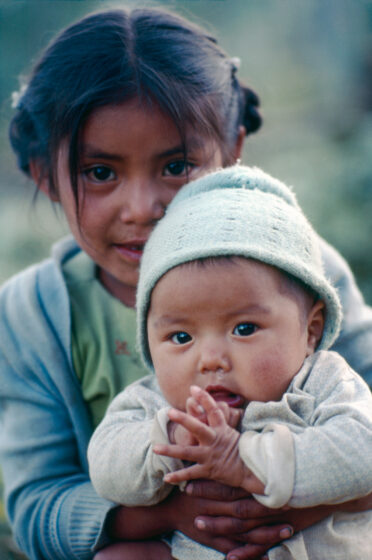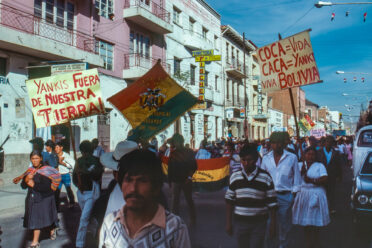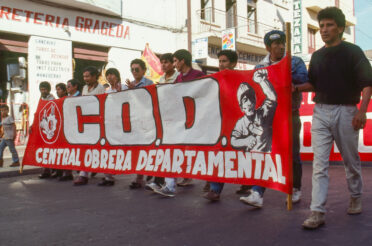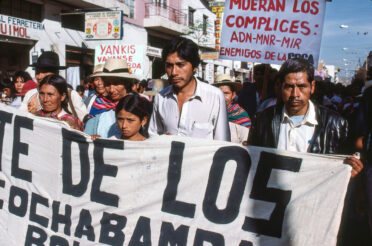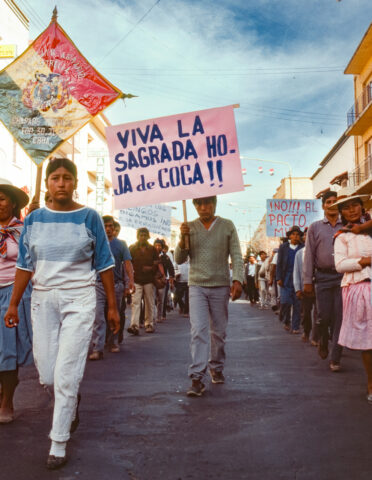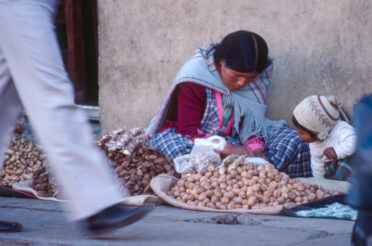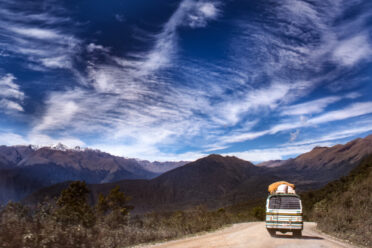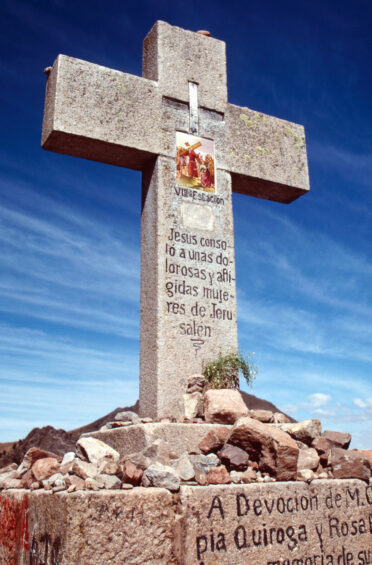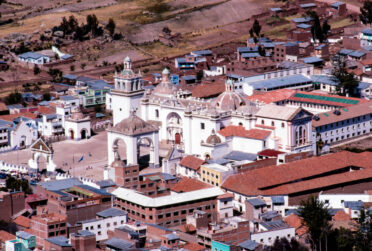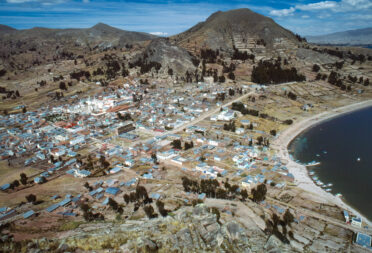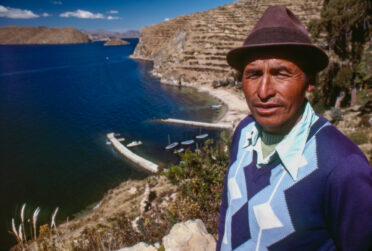When my folks told me that an exchange student from Bolivia would be living with them at the family home in northern Wisconsin I knew right away that a time would come when I would make it truly an ‘exchange’.
In July of 1989, I gripped my seat on a plane landing at La Paz’s airport. I thought the plane would never stop … with the thin air at 3640 metres of elevation it takes a while for a jet to come to a stop. I caught a connecting flight to Bolivia’s fourth largest city, Cochabamba, where my exchange sister, Eliana, met me in her home town. For the next few days I was the exchange student and Eliana and her family and friends gave me a grand tour of the region.
Eliana showed me Cochabamba and explained to me how the city was flourishing due to the influx of money from the coca (i.e. cocaine) trade. It was a modern and lively place but not unlike any other Latin American city I had been to. I wanted to get out and see rural Bolivia. Eliana introduced me to an ex-pat American named John who had a Toyota Land Cruiser and we set out to explore the countryside. And once I got out into that countryside I really got excited. It was slow going though as every corner we’d turn would be as remarkable as the previous one. I’d scream ‘stop!’, grab my camera bag and run out and mingle with the locals. They’d be a bit alarmed to see a gringo jump out of a jeep and start speaking to them in Spanish. Often they would struggle to understand me … not because my Spanish was bad but because Quecha or another indigenous tongue would be their first language. Regardless, we communicated. I learned a bit about them and as a ‘recuerdo’ I shot a photo of them for me and a Polaroid for them. I was loving exploring those back roads.
I was keen to learn more of the coca trade so Eliana took me on a roadtrip to Chapare, an area which was seeing substantial increases in coca production in the 1980s. And the United States wasn’t happy and sent anti-drug teams to Chapare in 1987. We visited an agricultural research station where cash crops like macadamia, carambola, pineapple, coconut, and black pepper were being evaluated. The government hoped that farmers would take a fancy toward these crops rather than coca. There was plenty of coca in the markets in Chapare and I snapped away and got nice photos. A month or two later I received my Kodachromes and much to my horror discovered that in my haste to load the camera I didn’t ensure the film’s leader had caught. I was shooting blanks. That really, really pissed me off to lose those pics.
The coca trade caught up to me when we returned to Cochabamba. The coca producers weren’t happy with the yanquis who were telling them they can’t grow what had become their most profitable cash crop. I caught a march in the streets where producers were shouting for yanquis to get out. As they marched passed me as I stood in the street I heard them say ‘He’s a yanqui. Grab his camera!’ I didn’t know if they wanted to make an example of me or if they were happy a yanqui journalist was covering the march. I didn’t stick around to find out.
I bid farewell to Eliana after a week and decided to go on a pilgrimage to Lake Titicaca, the ‘world’s highest navigable lake’. I got a bus from La Paz and enjoyed watching the stark and arid Bolivian altiplano pass before me as late afternoon rays of light lit up the Cordillera Real. I arrived at the Strait of Tiquina and managed to get a ferry across just as the sun was setting … and discovered that’s as far as I would get. The last bus had left long before. The town of Tiquina didn’t amount to much but I pounded on a few doors and found an old lady who let me sleep on the floor of a room for a few bolivianos.
When I finally arrived to Copacabana I was keen to stretch my legs. I joined other pilgrims to hike to the top of Cerro Calvario. Most of the other pilgrims stopped at each of the 14 stations of the cross to light candles. I just stopped to catch my breath and at nearly 4,000 metres of elevation I didn’t have much of it. At that elevation I could have been on the highest peak of the Austrian Alps or the Canadian Rockies.
I liked Copa and hung out for a few days and hired a bike to explore the surrounding countryside and then got a small boat to take me out to the Incan ruins on Isla del Sol.
After a few days, I took a bus back to La Paz in the late afternoon so I could enjoy the warmth of the light on the altiplano. The bus was my cage and I desperately wanted to escape and mingle with the locals as I had been doing. But the bus wouldn’t stop for me and before long my journeys in Bolivia came to an end. I flew out of La Paz and left the top of the world. I assured myself that I only had a teaser of Bolivia and I would return some day. But after 33 years I’m still awaiting a new exchange opportunity.
(All images are scanned from Kodachrome or Polaroid originals and restored in Adobe Lightroom.)

